Drilling
Drilling
Welcome, dear readers! Today, let's decipher another important term in the world of steel production and steel trade: Drilling. It is a fundamental process in the steel industry, and understanding its role and impact will only enrich your knowledge in this field.
Definition: Drilling
Drilling is a cutting process where a metal drill bit is used to create holes in metallic substances. In the context of steel production and trade, drilling is often utilized to shape steel components or build intricate structures.
Drilling in Steel Production
During steel production, drilling plays a crucial role in shaping and sizing the metal. By controlling the speed and pressure of the drill bit, fabricators can create precise openings of various sizes in the steel. This straightforward procedure is indispensable in the production of various steel products, from construction beams to car parts.
The Drilling Process
In essence, the drilling operation involves a spinning drill bit that cuts into the steel, removing material to create a hole. The dust and scraps produced during the process, known as swarf, are collected and often recycled. The careful management of heat, speed, and pressure ensures a smooth and precise hole.
Safety Measures in Drilling
Drilling requires specific safety measures, given the use of high-speed machinery and the heat produced during the process. Workers wear safety gear, including eye protection and heat-resistant gloves. Machines are often designed with automatic shut-off features in case of any malfunction, ensuring safety at the workplace.
Drilling and the Steel Trade
In the steel trade, drilling is a value-adding service. Steel traders often provide custom drilling as part of their offering, enabling clients to purchase steel components tailored to their specific requirements. This customization service can often enhance the trading prospects for steel suppliers.
In conclusion, drilling is a cornerstone technique in both steel production and trade. It’s designed for precision and customization, making it a critical facet of the steel industry. We hope you've found this deep dive into drilling educational and insightful!
Blog Posts with the term: Drilling
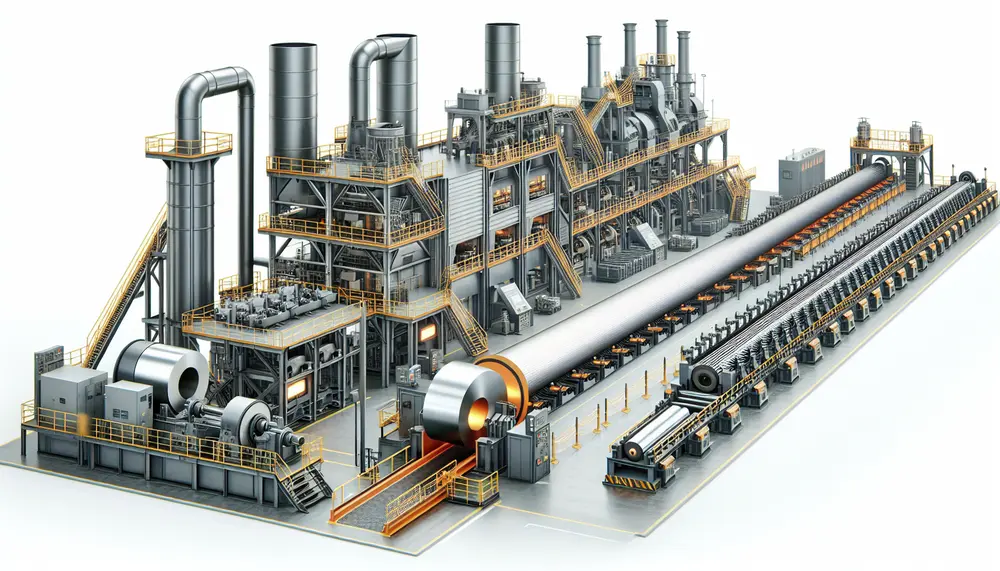
Steel manufacturing is a complex process that transforms iron ore into steel, involving precise heating and mixing to create different grades for various applications. The journey includes primary methods like Basic Oxygen Steelmaking (BOS) and Electric Arc Furnace (EAF), followed...
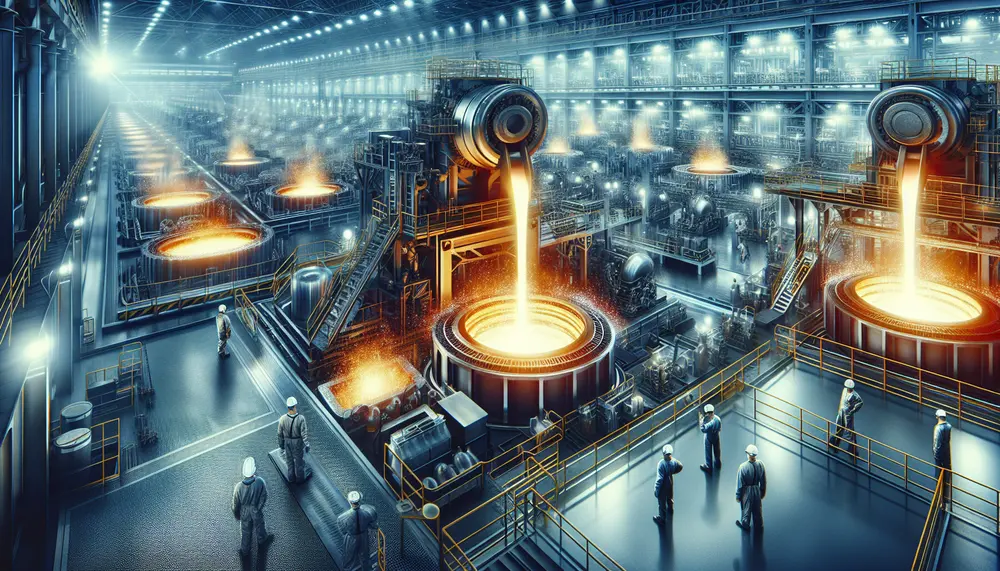
The steelmaking industry is increasingly using natural gas to improve efficiency and reduce environmental impact. Natural gas serves as a reducing agent in Direct Reduced Iron (DRI) processes, partially replaces coke in blast furnaces, fuels various types of industrial furnaces,...
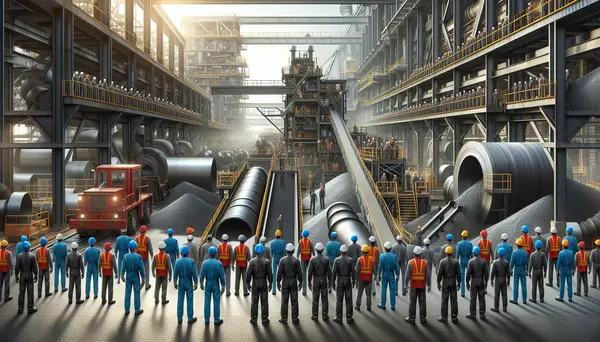
The article provides an in-depth look at the metal production process, from mining and refining ores to primary forming and secondary processes like heating, forming, cooling. It also explores different types of metal production methods including forging, casting, drawing/forming/machining, extrusion/cutting,...
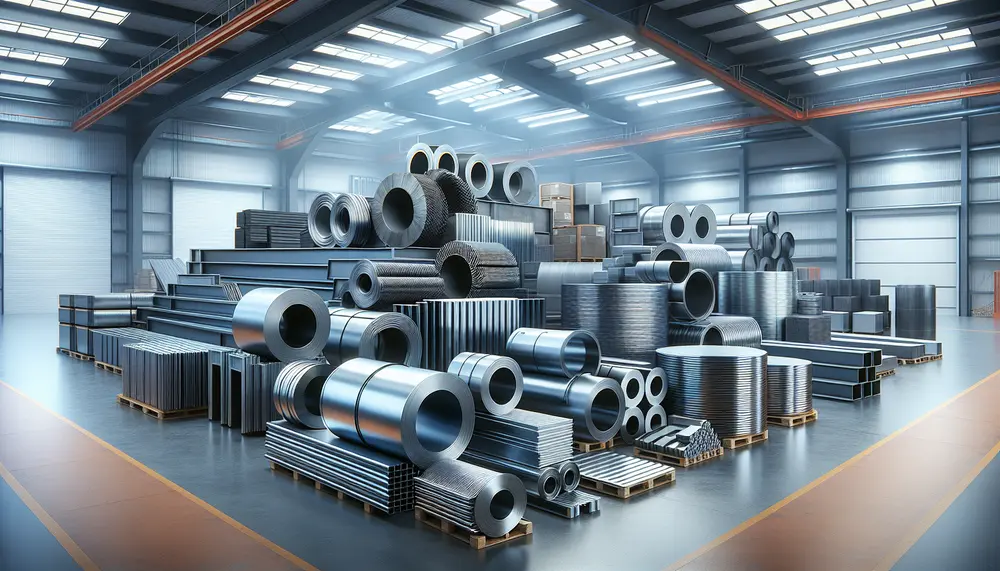
Steel is an iron-carbon alloy with varying carbon content that determines its hardness, ductility, and tensile strength; other elements like chromium can be added to enhance specific properties such as corrosion resistance. Steel products are categorized into four main types:...
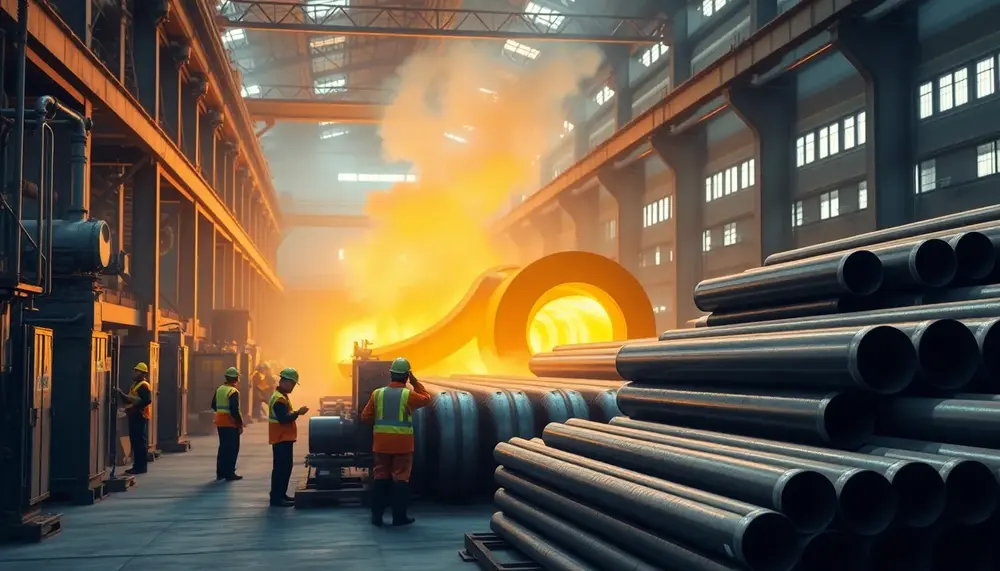
Steel tube manufacturing is essential for industries like construction, energy, and transportation, offering seamless tubes for strength and welded ones for cost-efficiency. The processes involve precise engineering to ensure durability, versatility, and performance tailored to specific applications....
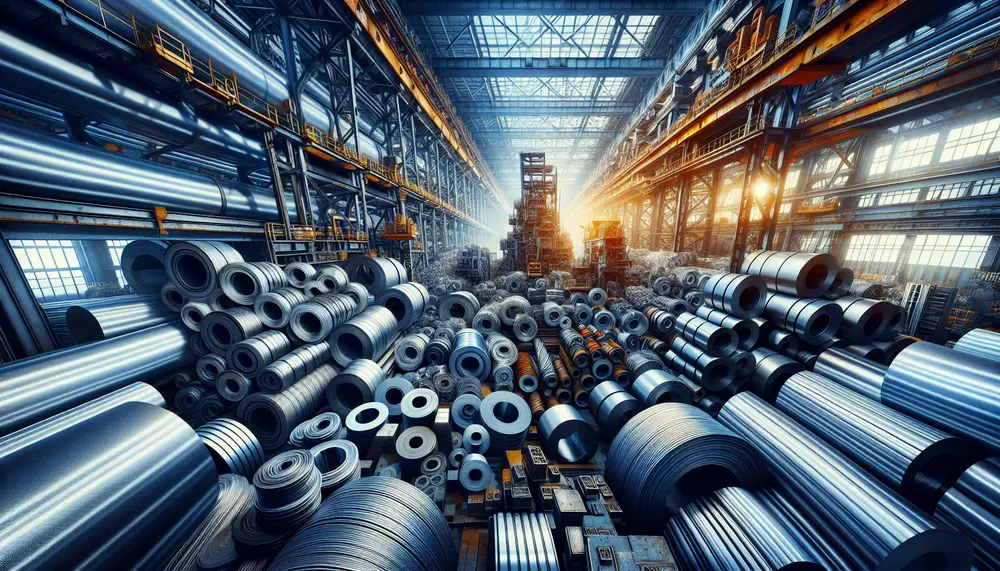
Steel is a versatile material essential to modern industry, with various grades tailored for specific uses from construction to technology. Its key advantages include durability, resistance to extreme conditions, and recyclability, making it integral in innovation and sustainability efforts across...
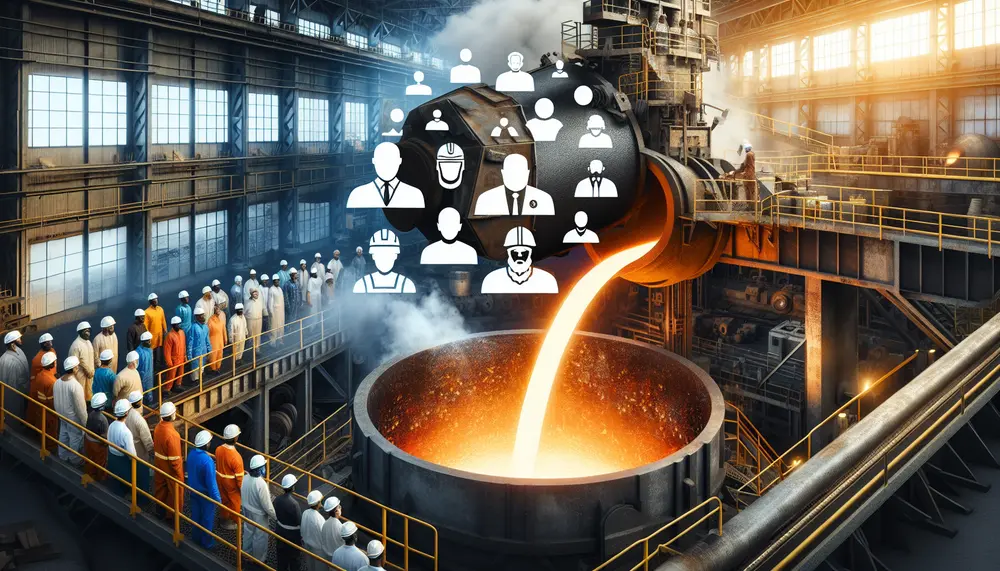
The concept of steelmaking grade is crucial in determining the quality and properties of steel, influencing efficiency, durability, and safety across various industries. Steel grades are classified based on chemical composition and production processes, with advancements in technology and global...
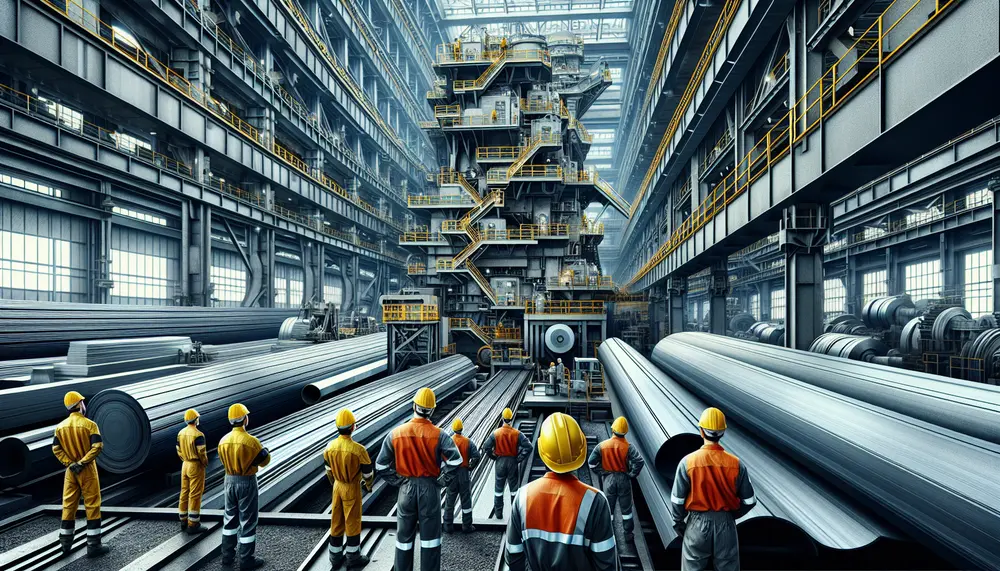
Steelmaking transforms iron ore into steel, involving processes like smelting and primary steelmaking methods such as Basic Oxygen Steelmaking (BOS) or Electric Arc Furnace (EAF), with additives enhancing properties. Understanding these basics aids in mastering industry-specific terminology crucial for various...
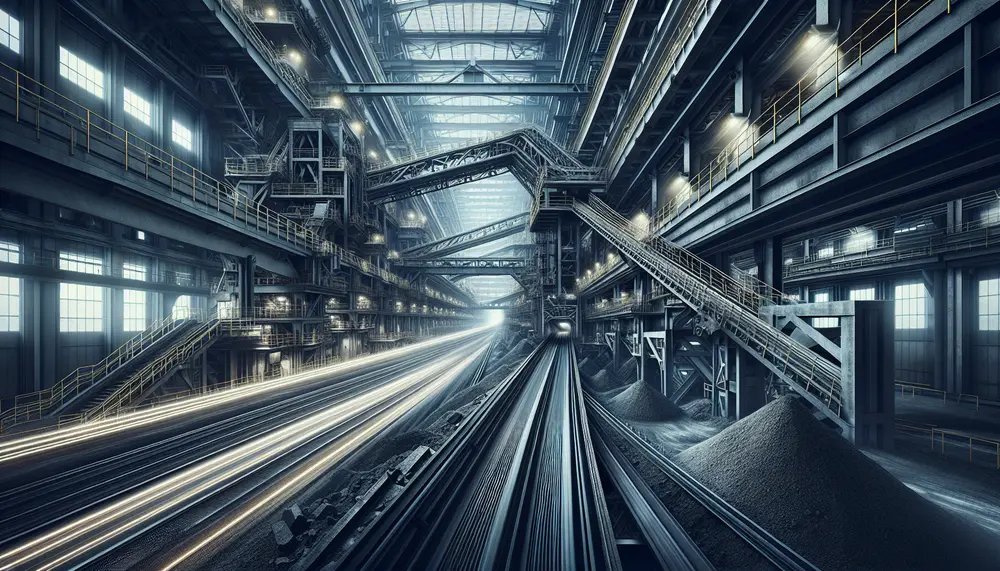
The Quintette Steelmaking Coal Mine in Tumbler Ridge, British Columbia, historically significant for its metallurgical coal crucial to steel production, has experienced fluctuations reflecting global market demands since opening in 1982. Currently mothballed with potential revival initiatives pending, the mine...
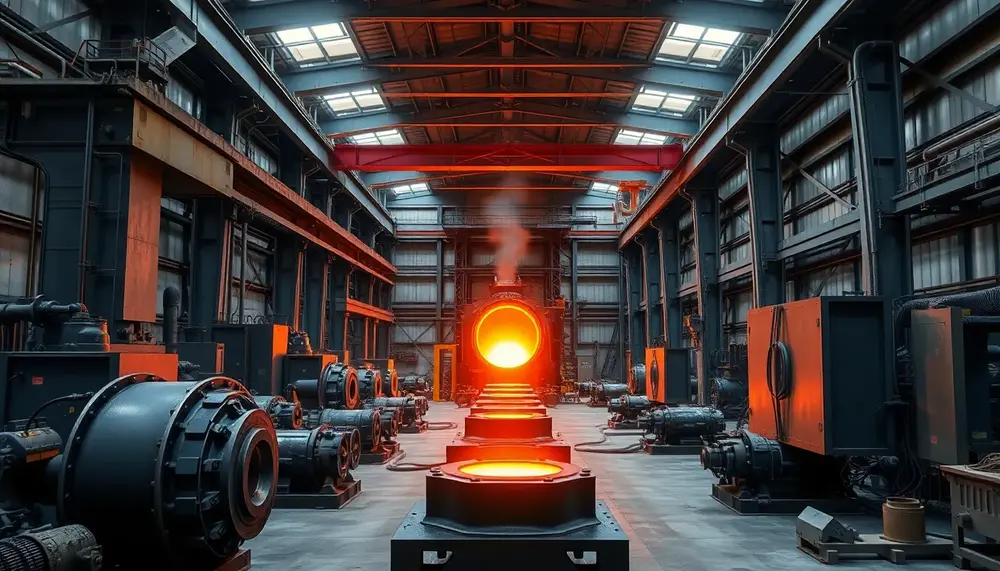
Steel production is a complex process combining traditional methods and modern technology to transform raw materials into versatile, durable products essential for industries like construction, automotive, energy, and consumer goods. Its adaptability ensures steel remains vital in innovation and sustainable...
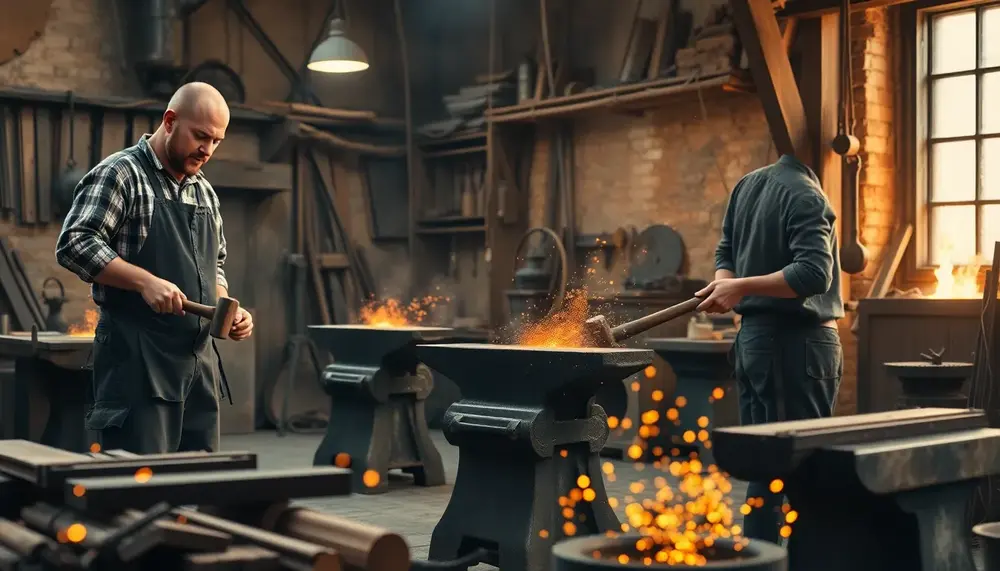
Modern Damascus steel combines layered, contrasting steels and precise forging to create blades that are both visually striking and technically superior. Success relies on careful material selection, temperature control, pattern engineering, safety measures, and attention to detail at every step....
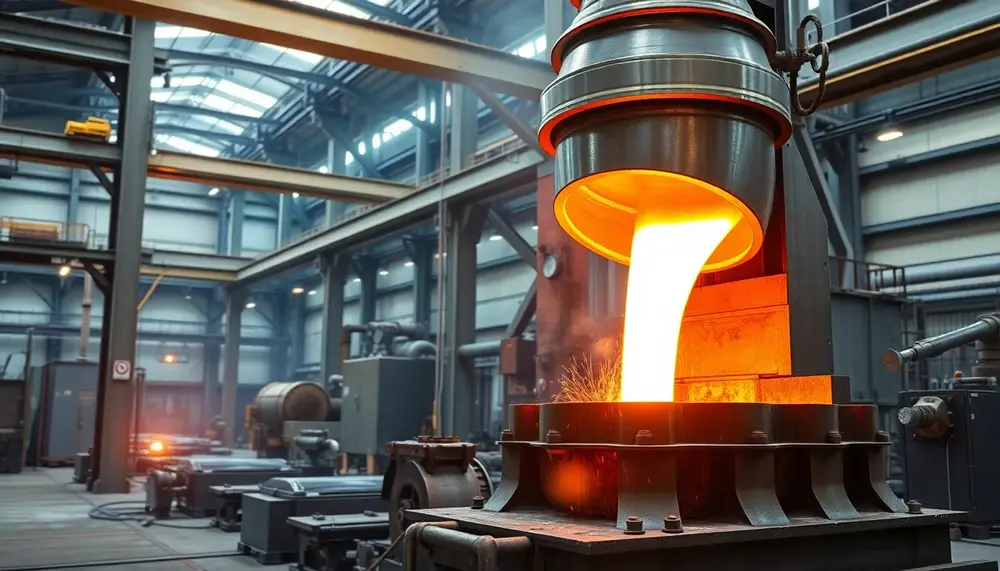
Vacuum Induction Melting (VIM) revolutionizes steel-making by enabling ultra-pure alloys through precise melting, impurity removal in a vacuum, and real-time composition control. Recent innovations like advanced monitoring systems, hybrid techniques, and energy-efficient designs enhance material quality while promoting sustainability for...
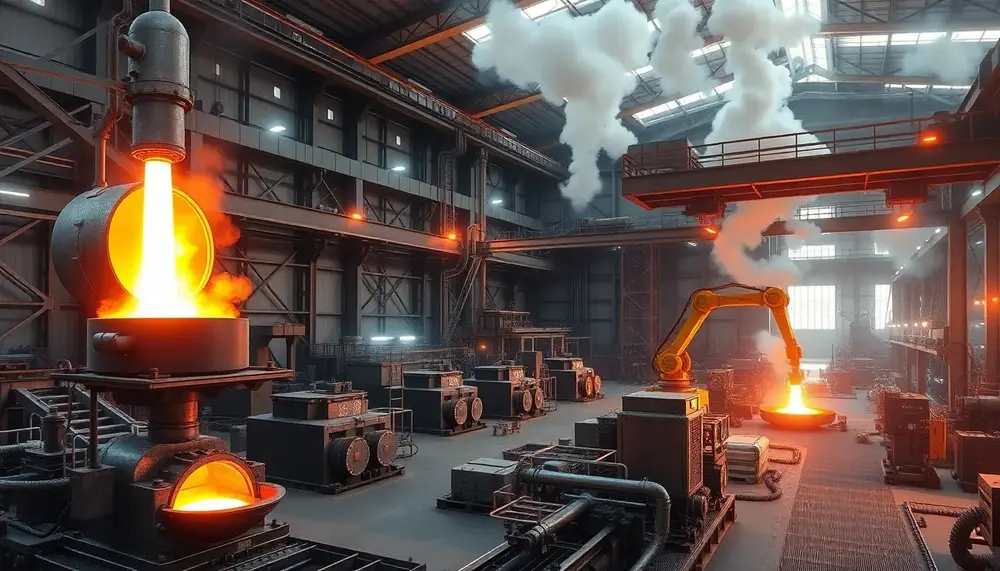
The evolution of steelmaking in America reflects centuries of innovation, from colonial ironworks to modern high-tech factories, driven by technological breakthroughs and economic demands. Key milestones like the Bessemer process and basic oxygen furnaces revolutionized production efficiency, solidifying steel's role...
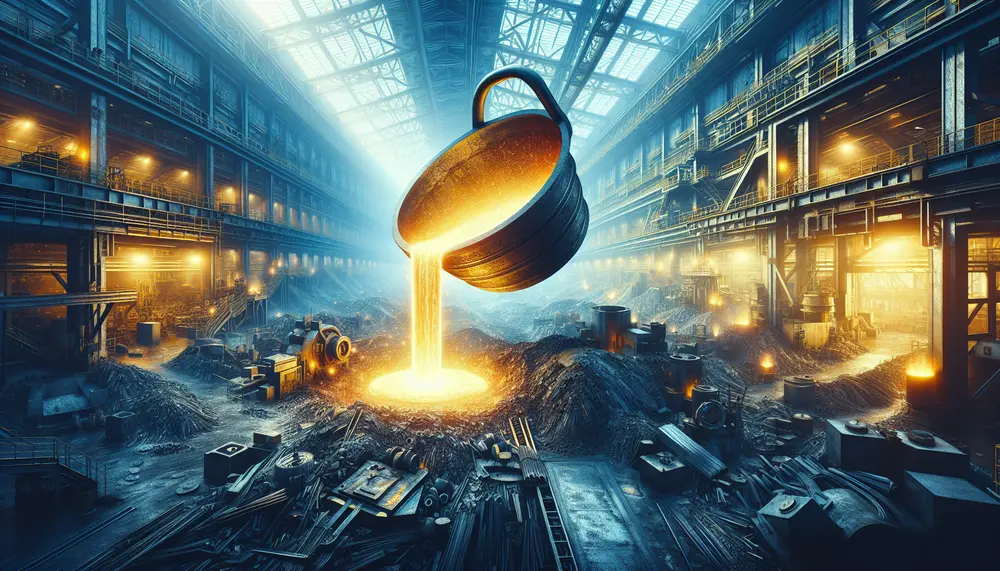
Metal manufacturing involves techniques like forming, machining, casting, joining, and finishing to create products from raw materials. Understanding these processes is essential in the industry; additional methods include extrusion, stamping, deep drawing, and shearing. Heat treatment alters metal properties through...
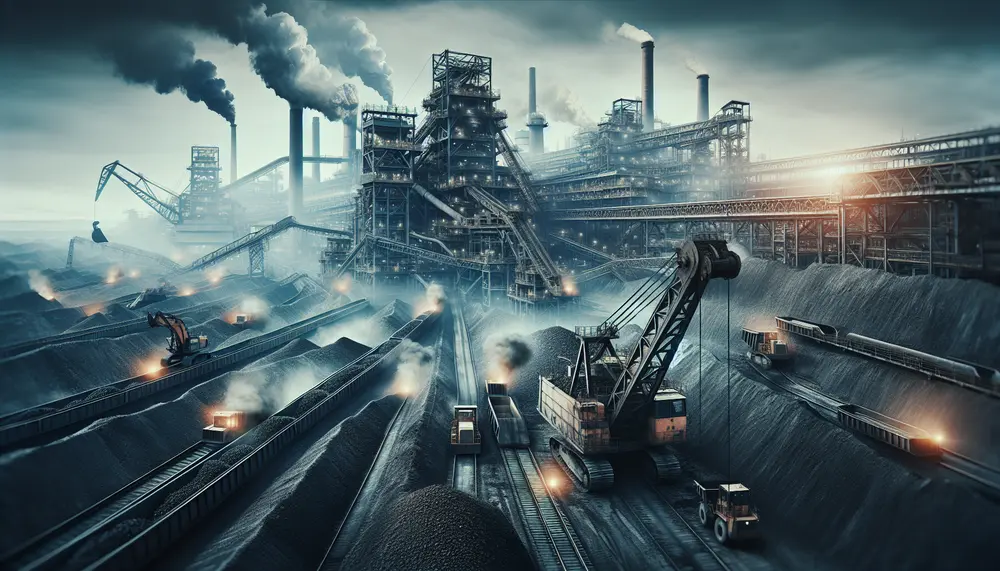
The article explains the importance of understanding steelmaking coal prices, influenced by factors like supply and demand, environmental regulations, global trade, technological developments, alternative energy sources, and market speculation. It highlights how these elements impact price fluctuations and provides insights...
